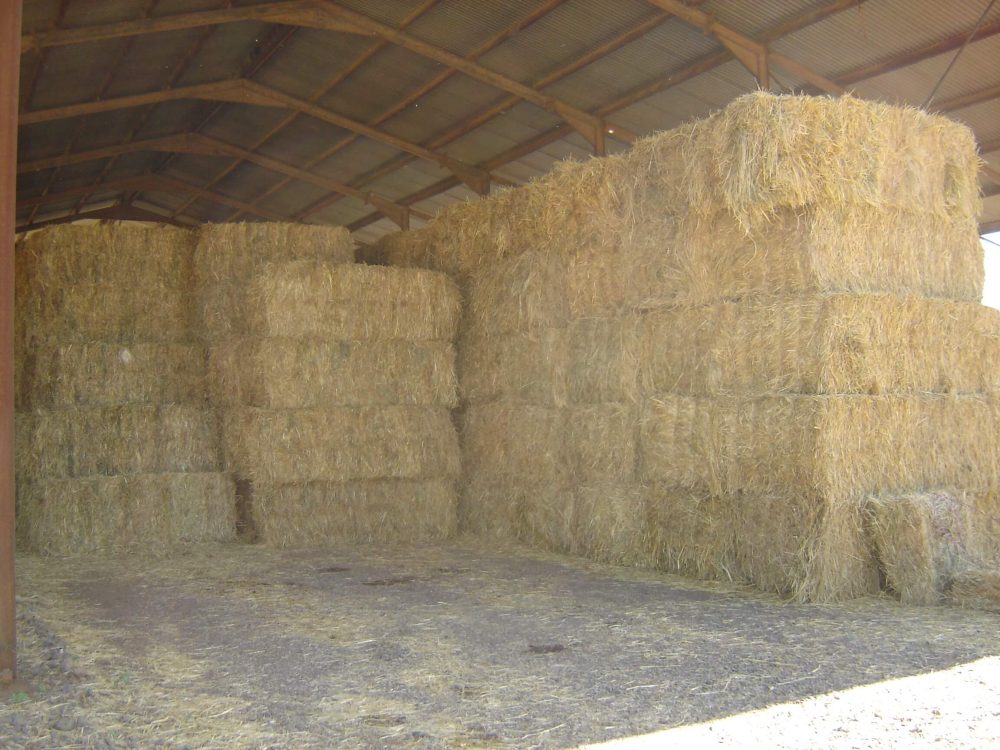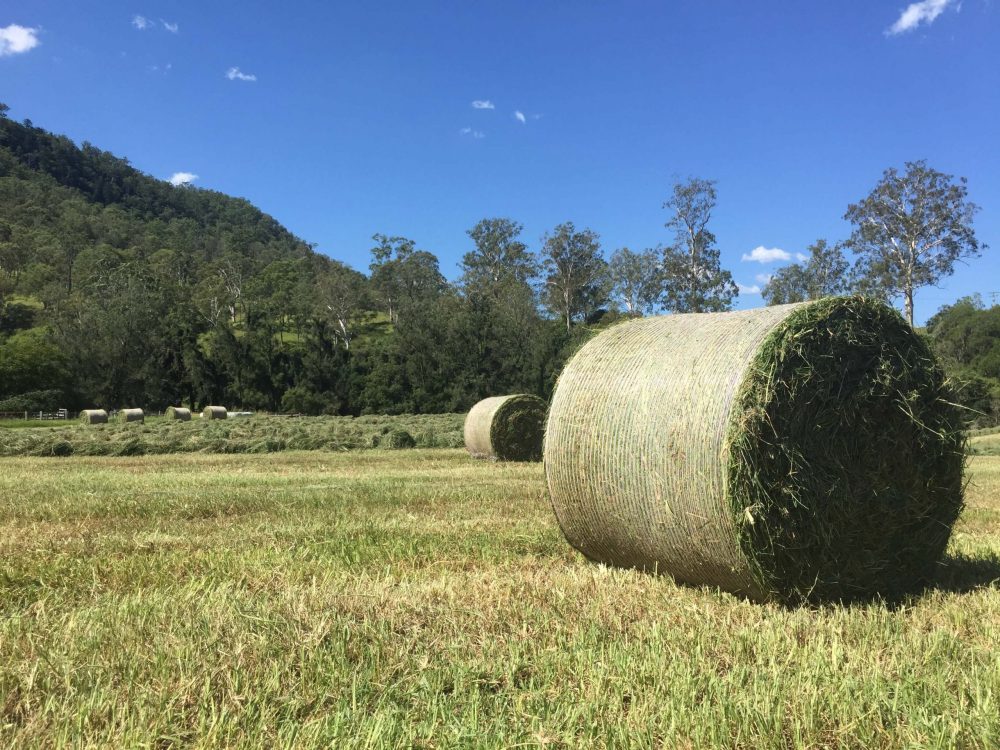Making hay is one of the most common methods of preserving fodder and straw around the world. It relies on the crop being dried down to a point where moisture levels will no longer support the growth of spoilage bacteria. To dry it, the crop is cut and raked into windrows, being turned from time to time to help the drying process. The sun energy is the drying source, with a low humidity is preferred during the process to speed it up.
Baling moisture levels are generally below 14% will ensure good quality hay. Over the years hay making has become a very precise scientific process, with hay makers constantly working to get their hay harvest done and bailing out of the field before bad conditions arrive. In some regions harvest occurs at a time of year where the weather is invariably dry and air is low humidity.
However, should unseasonal conditions occur and hay making is difficult due to wet weather during the harvest window, it can cause major problems. Some hay making regions also have regular rain events during the harvest, e.g. subtropical areas which require changed management of the process. If the weather is cloudy, or high humidity exists, the whole process slows down resulting in bleaching, degradation of the hay, and growth of moulds can commence.
This results in low quality, or mouldy hay which is worth much less in price, or may be unsaleable.


